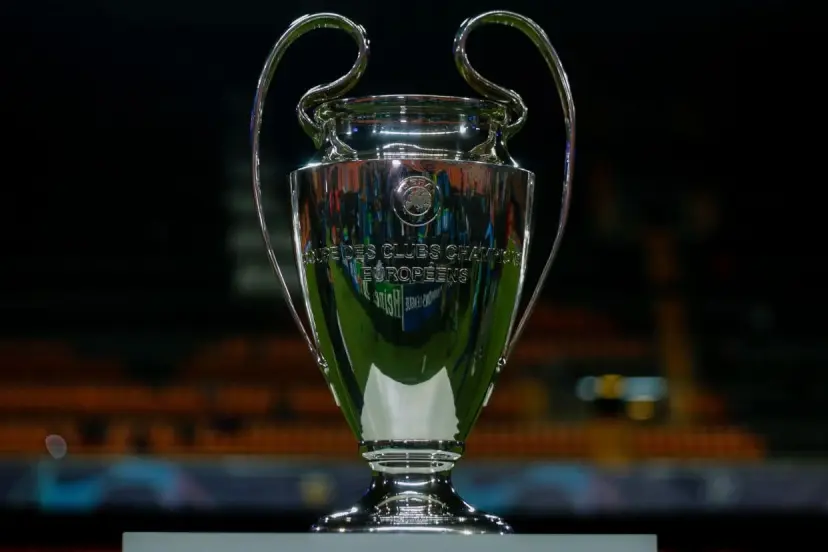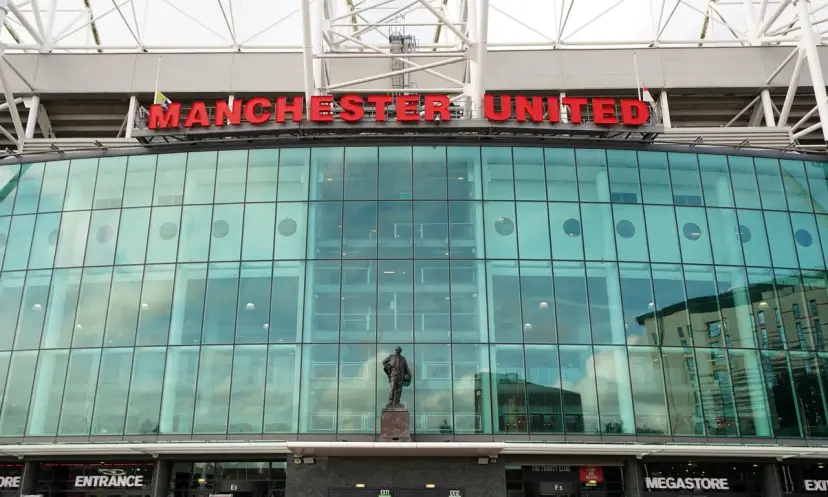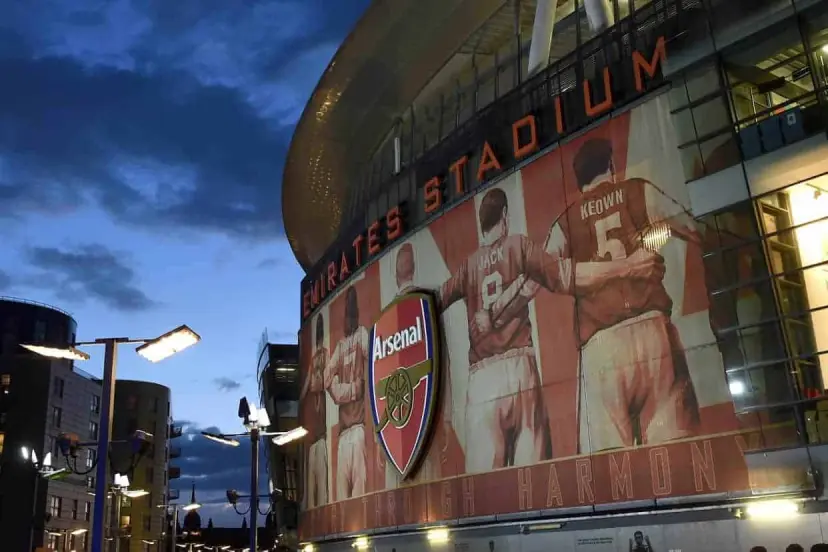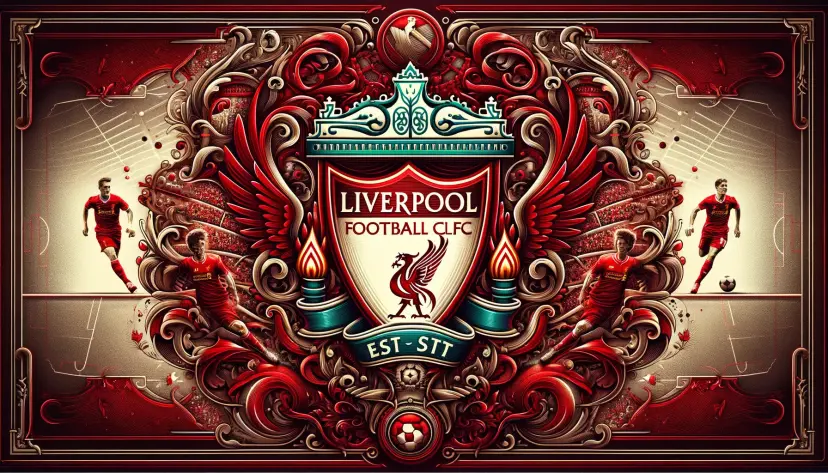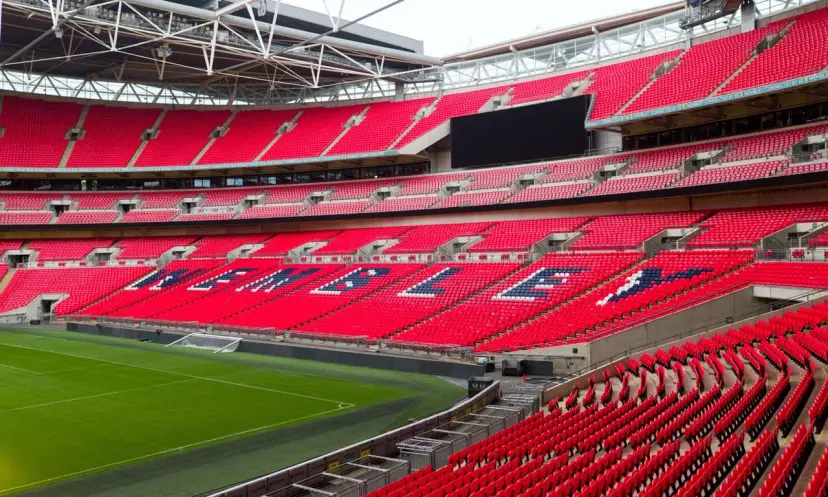Coral contemplate the best Barcelona side of recent years
Published: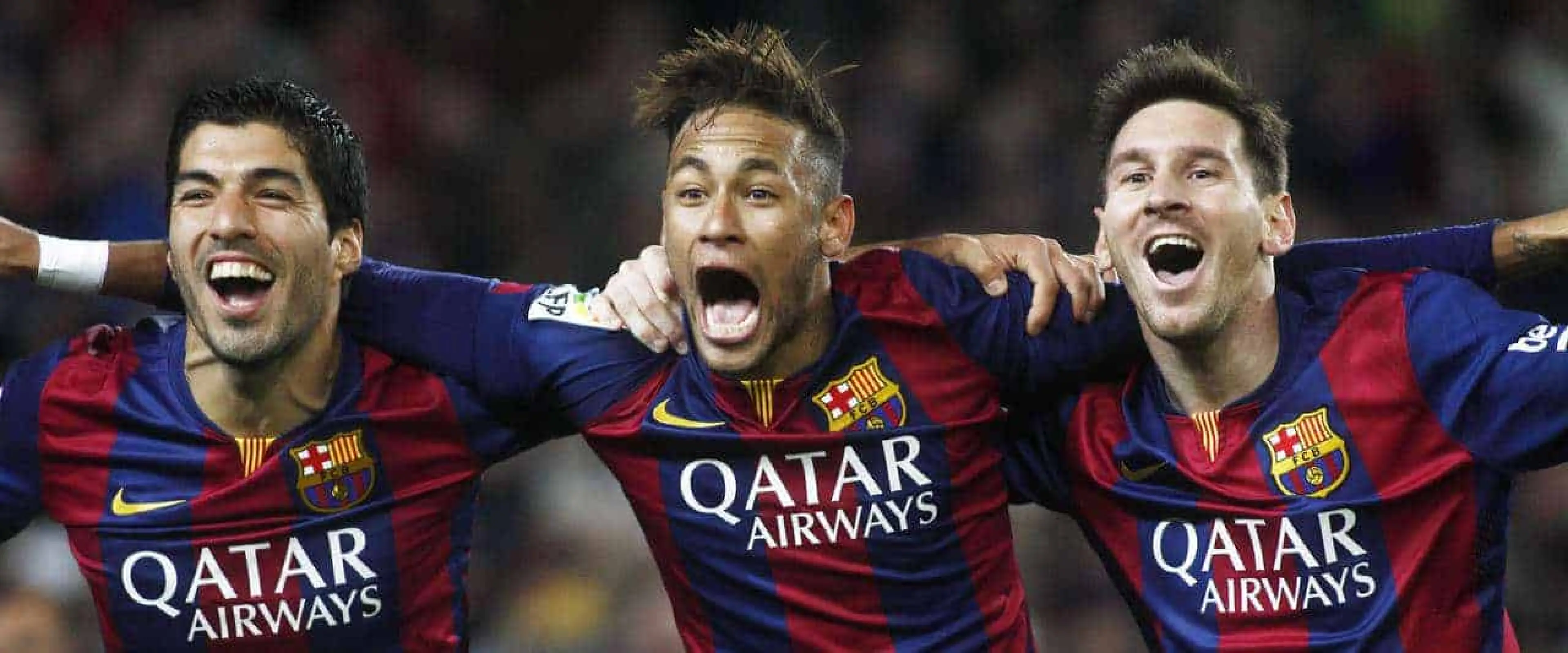
There has been a common denominator (in fact a couple) which have been synonymous to Barcelona’s renewed success over the past decade.
It is no coincidence that since Xavi Hernandez and Andres Iniesta came into the Catalan club’s starting lineup, and their system evolved into a fluid 4-3-3 they have experienced remarkable success.
With Barcelona through to another Champions League final, Coral take a look at the strengths and weaknesses, similarities and differences and characteristics of each team, with Barca unsurprisingly the odds-on 4/9 favourites with Coral to win the competition this season. Analysing the club’s transition between Frank Rijkaard, Pep Guardiola and Luis Enrique, we also put it to the vote on Twitter. Which side is better?
Barcelona under Rijkaard
After a hard start to his reign as Barca manager, having took the job for the start of the 2003/04 season and eventually finishing as La Liga runner-up, the summer that followed witnessed a dramatic transition.
With the old guard phased out, the Dutchman brought a brand of football, based on his country’s philosophy of swift, attacking, attractive play. Having inherited Ronaldinho when he took over as manager, Rijkaard went on to build a team around the Samba Boys superstar of that generation and 2002 World Cup winner.
Making the marquee signings of Brazilian-born Portugal playmaker Deco, who had just won the Champions League with Porto, and Ludovic Giuly, a runner-up with AS Monaco that same year (2004), the Nou Camp spending did not stop there.
Rijkaard also captured Cameroon sharpshooter Samuel Eto’o and Celtic’s Sweden icon Henrik Larsson as backup, plus Brazilian defensive trio Juliano Belletti (who later played for Chelsea), Edmilson and ex-Arsenal man Sylvinho.
Added to almost €60m investment in player, Rijkaard was keen to combine his native Dutch tactics of attacking football by playing wide and pressuring the opponent, with what he had picked up in his years at AC Milan as a player; a solid, well-organised defence.
That season, Barca swept to domestic success, winning La Liga, with their new system, which focused particularly on two gems who had graduated from the fabled ‘La Masia’ youth system. Iniesta and particularly Xavi were two big reasons why the have club achieved success over the last decade. Pep Guardiola famously told the latter: “You’re going to retire me. This lad (Iniesta) is going to retire us all.”
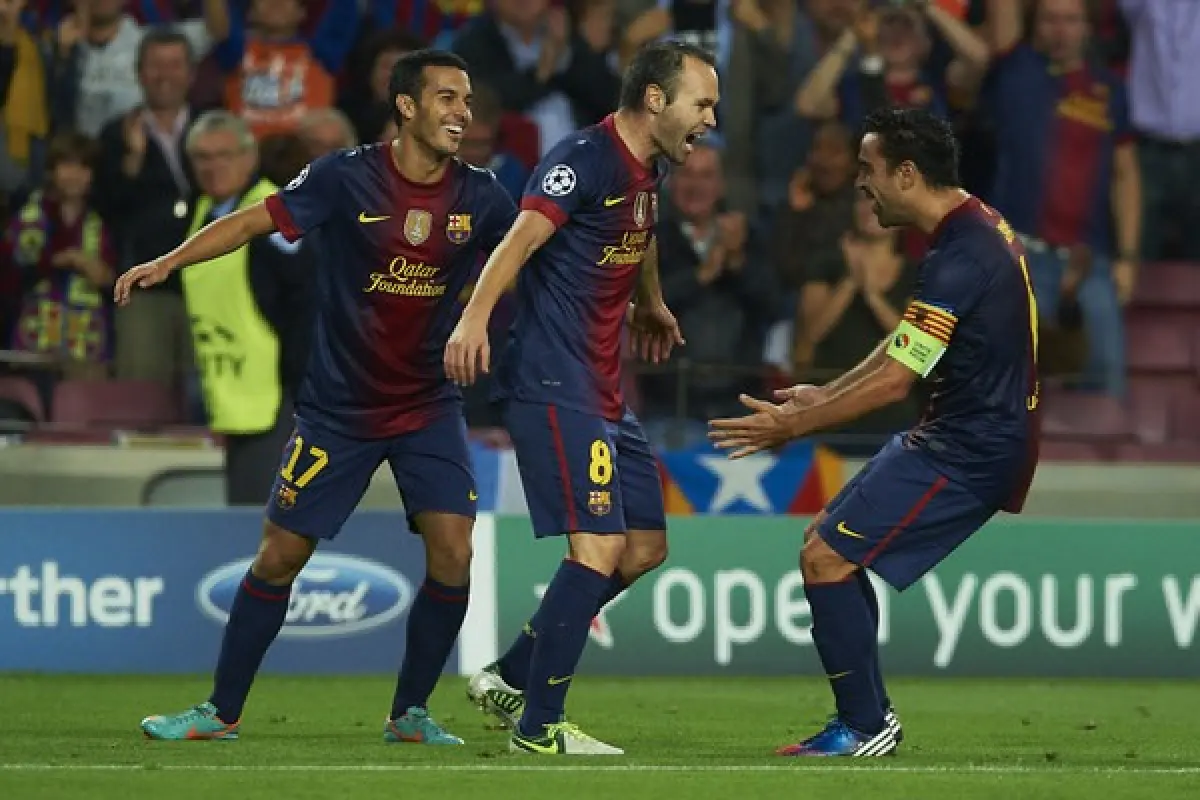
Rijkaard’s zenith came in 2005/06 when Barca won the Champions League and retained La Liga. The decision to promoted a then unknown Argentine gem Lionel Messi proved a masterstroke in talent spotting, and he competed with Ronaldinho, Eto’o and Giuly for a place in the front three.
Enjoy footage of Barca’s terrific 2005/06 campaign…
Barcelona under Guardiola
In 2008, after a barren couple of years, Barca lost patience with Rijkaard, and handed the job to fellow ex-player Guardiola, who was famously displaced by Xavi in the starting lineup. His first act was to famously offload Ronaldinho and Deco, as well as 2006 World Cup winning wing back Gianluca Zambrotta.
In came Dani Alves and Seydou Keita from Sevilla, while Alexander Hleb signed from Arsenal and, in what was somewhat of a masterstroke, Guardiola and director of sport Txiki Begiristain convinced Gerard Pique to rejoin the club he left as a teenager from Manchester United.
While promoting Sergio Busquets and Pedro Rodriguez, Guardiola slowly crafted a new team whose impact was instantaneous, winning a historic treble.

During his reign, it became clear that Guardiola’s philosophy concentrated on the promotion of youth from La Masia, and the evolution of ‘tika taka’. These tactics, which concentrate on attractive ball retention for sustained periods of time, and carefully broken down pressing strategies, have served club and coach very well. Messi became the best player in the world under Guardiola, and arguably still is, helping Barca win two Champions Leagues, three La Liga titles, two Copa del Rey crowns and two FIFA Club World Cups.
Barcelona under Enrique
After retiring from football, in line with his energetic lifestyle, former Barca star Enrique began to run marathons; however, they weren’t challenging enough. He then proceeded to do half and full ironmans.
Bottom line?
Enrique simply loves a challenge and pushing himself to the limit. In 2014, after progressive spells at Roma and Celta Vigo, he joined Barcelona. He immediately got to work, capitalising in the transfer window, signing goalkeepers Claudio Bravo, Marc-Andre ter Stegen and rugged centre back Jeremy Mathieu.
Also recognising Xavi would soon be coming to the end of his career, Enrique brought in Ivan Rakitic from Sevilla, who has proved to be a supreme success.
One act that made the footballing world sit up and take notice was the controversial signing of Luis Suarez from Liverpool for £75m, following his bite on Giorgio Chiellini at the World Cup. Despite being banned for four months, he has gone on to form one of the best ever attacking tridents in world football, combining with Messi and Neymar.
With Spain failing with the long-reigning, previously prolific ‘tiki taka’ approach in dramatic circumstances, Enrique acknowledged a need to adapt.
Under Guardiola, Busquets’ role was discombobulating; combination of anchorman, playmaker and centre half. With Enrique, he simply wins the ball and recycles possession. It is a trait that runs through the team; a far more pragmatic approach with an emphasis on playing the percentages.
Rakitic isn’t just a playmaker in the same vein as Xavi or Iniesta. He’s also far more dynamic and a robust engine, combined with an intelligent footballing brain. In the signing of Mathieu, he seems to have found the piece of the jigsaw that was missing for years; a physical, no-nonsense presence.
The debate as to who has the best team, or who is the best manager, will no doubt continue for years, though Enrique, who looks likely to lead Barca to a treble, as Guardiola did in his first season, may find himself running several more ironmans on his time off this summer, just to give himself another challenge.

